A new timber-based multifunctional façade
- The prototypes delivery in Bolzano, at the labs of Eurac Research
- The prototypes at Gumpp & Maier
- The prefabricated timber façade module
- The prefabricated timber façade module
One of the main objectives of 4RinEU is to increase the energy performances of existing buildings through the renovation of their envelope. In this project, a new concept of façade is being developed, namely a timber-based prefabricated multifunctional façade. Thus, these prefabricated elements do not replace the existing façade, but they are added externally to the existing façade to improve the performances and expand the number of functions of the existing envelope. This innovative technology consists in a prefabricated timber façade module in which some components, such as new windows, decentralized ventilation machine or solar thermal panel are integrated. The off-site prefabrication is useful to reduce the duration of the construction site, and hence to minimize the impact on the building’s occupants. The use of timber makes the component potentially environmental friendly as this enables the recycling at the end of life. Moreover, the integration of components gives the advantages of installing, directly in the envelope renovation process, devices (and therefore functions) that increase the energy performances of the building and the comfort of the users.
In order to evaluate the effectiveness and feasibility of the façade concepts developed in 4RinEU, three prototypes have been designed at Eurac Research, built at Gummp & Maier and now are being tested at Eurac’s labs.
In particular, the experiments aim to investigate the effect that temperature and humidity transfer through the new façade have on the façade itself and on the functioning of the integrated devices.
The integration of such components may affect the normal behaviour of the passive timber façade, causing higher heat losses (e.g. due to thermal bridges) and condensation problems, which would lead to damages of the structure, users’ discomfort and, in general, lower energy efficiency.
Two prototypes have been designed with the same components integrated into two different “passive” elements in order to allow a reliable comparison: a decentralized mechanical ventilation machine with heat recovery and a solar thermal panel. The difference between the modules is the composition of the structural “passive” part: timber frame in prototype 1 and frameless it in prototype 2. In the latter case, a self-sustaining insulation material is used.
Each prototype will be tested in a calorimeter for one month in different working configurations. This experimental set-up enables to set designed boundary conditions for temperature and humidity, emulating the indoor and outdoor environment.
The aim of the tests is to use the prototypes to enhance the integrability of these components (e.g. decentralised ventilation) for the subsequent industrialization, and to understand whether the new façade modules can perform as expected in all the likely weather conditions, minimizing the likelihood of problems due to the integrated components and different new façade layers.

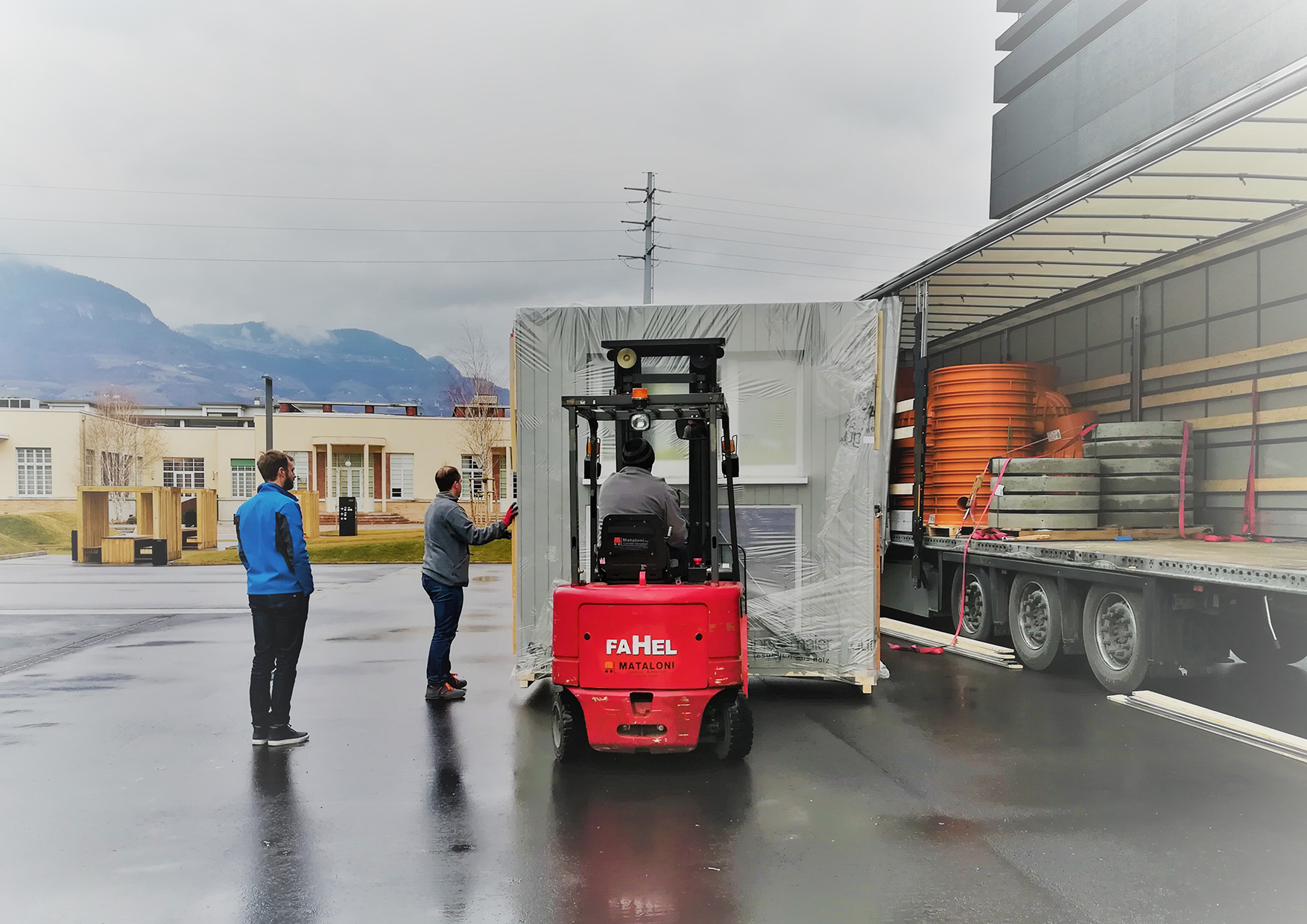
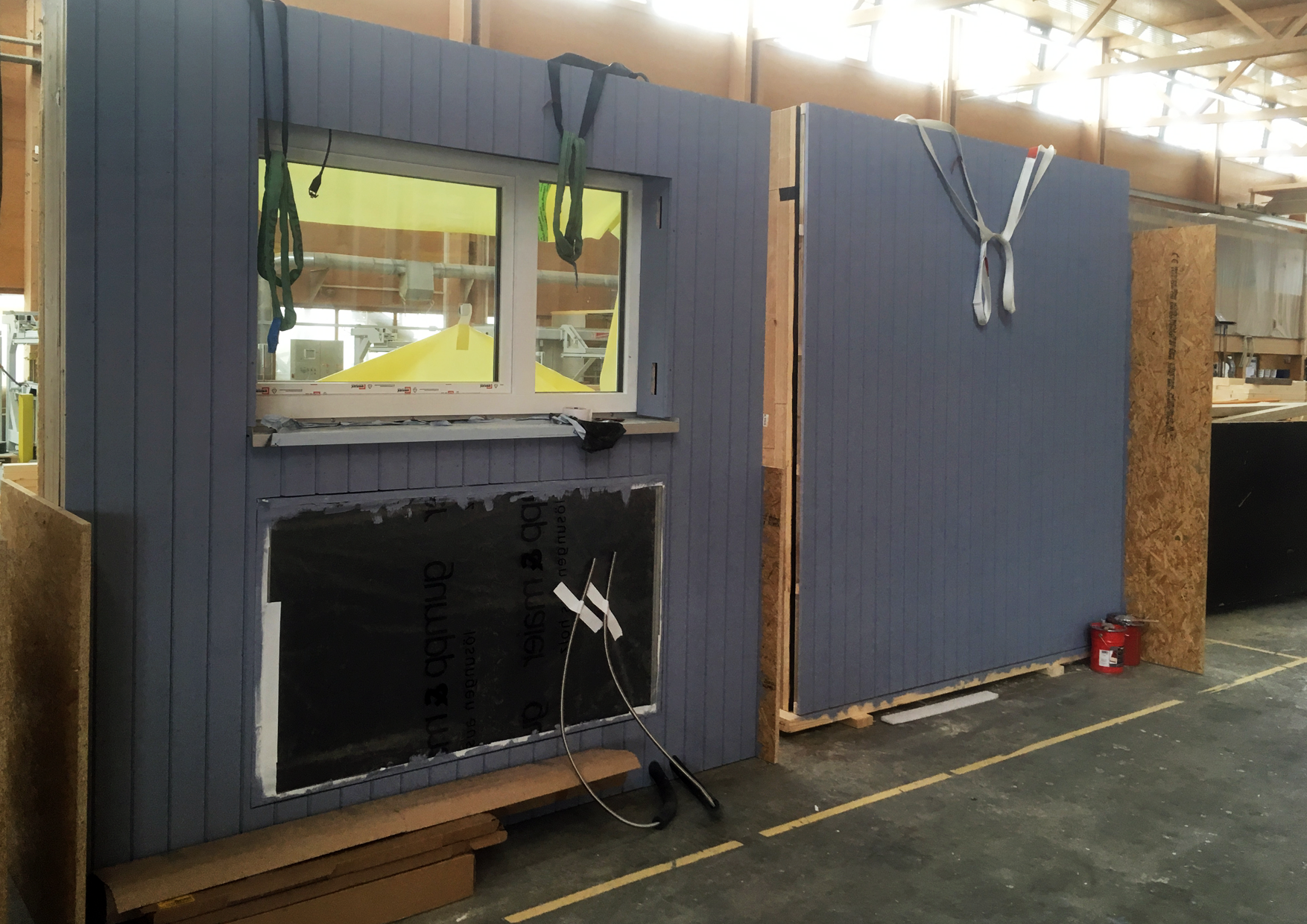
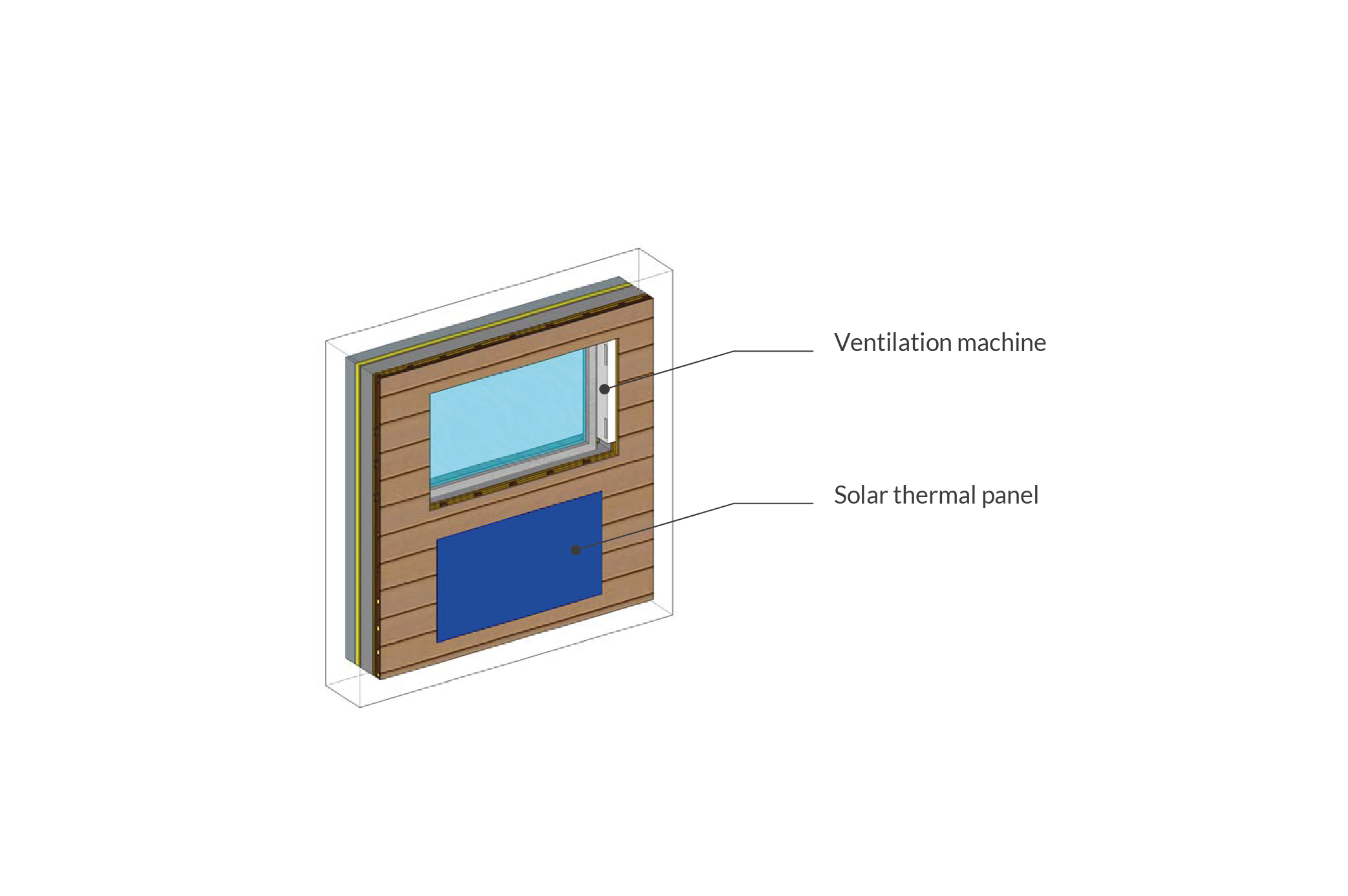
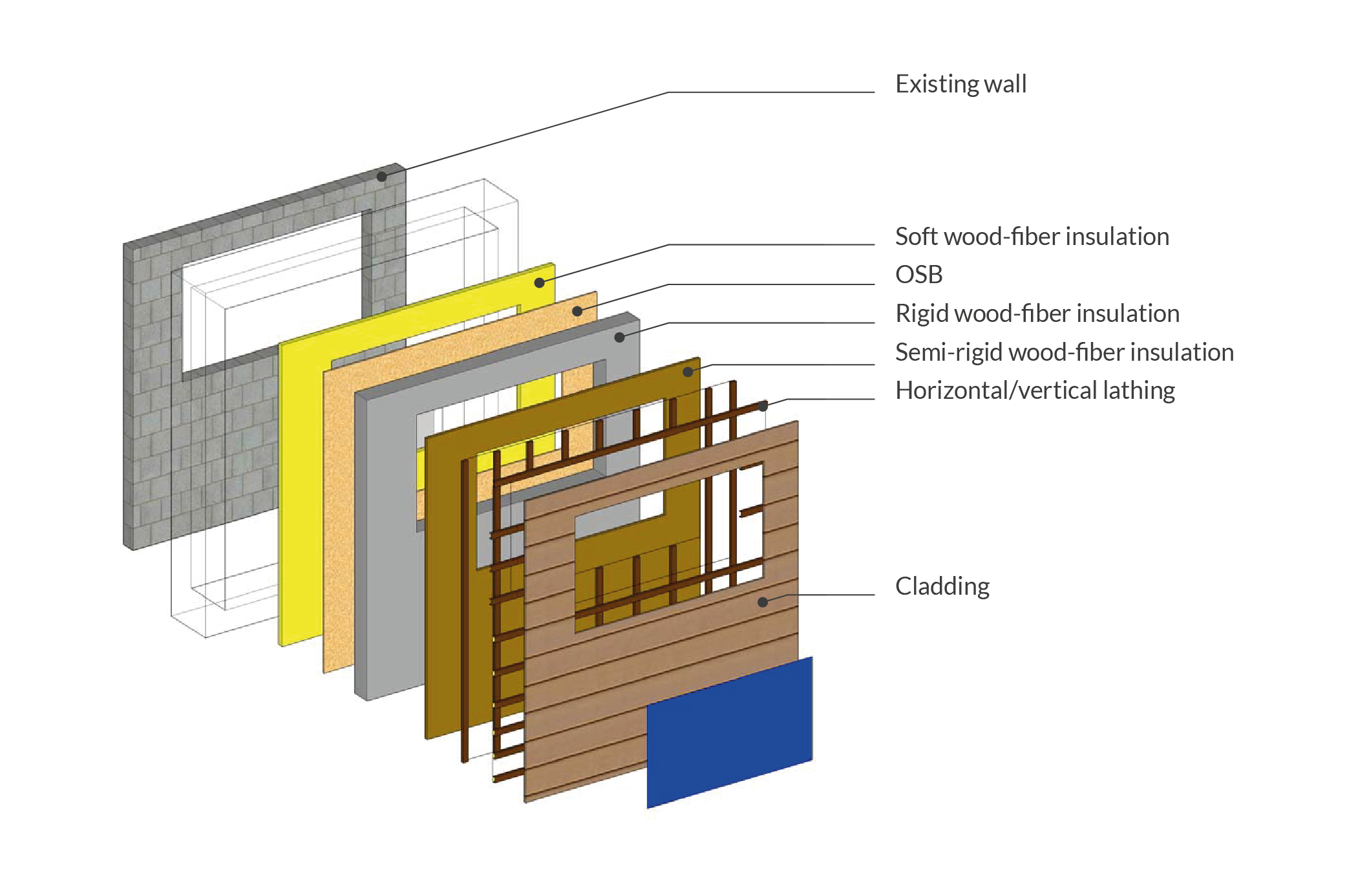
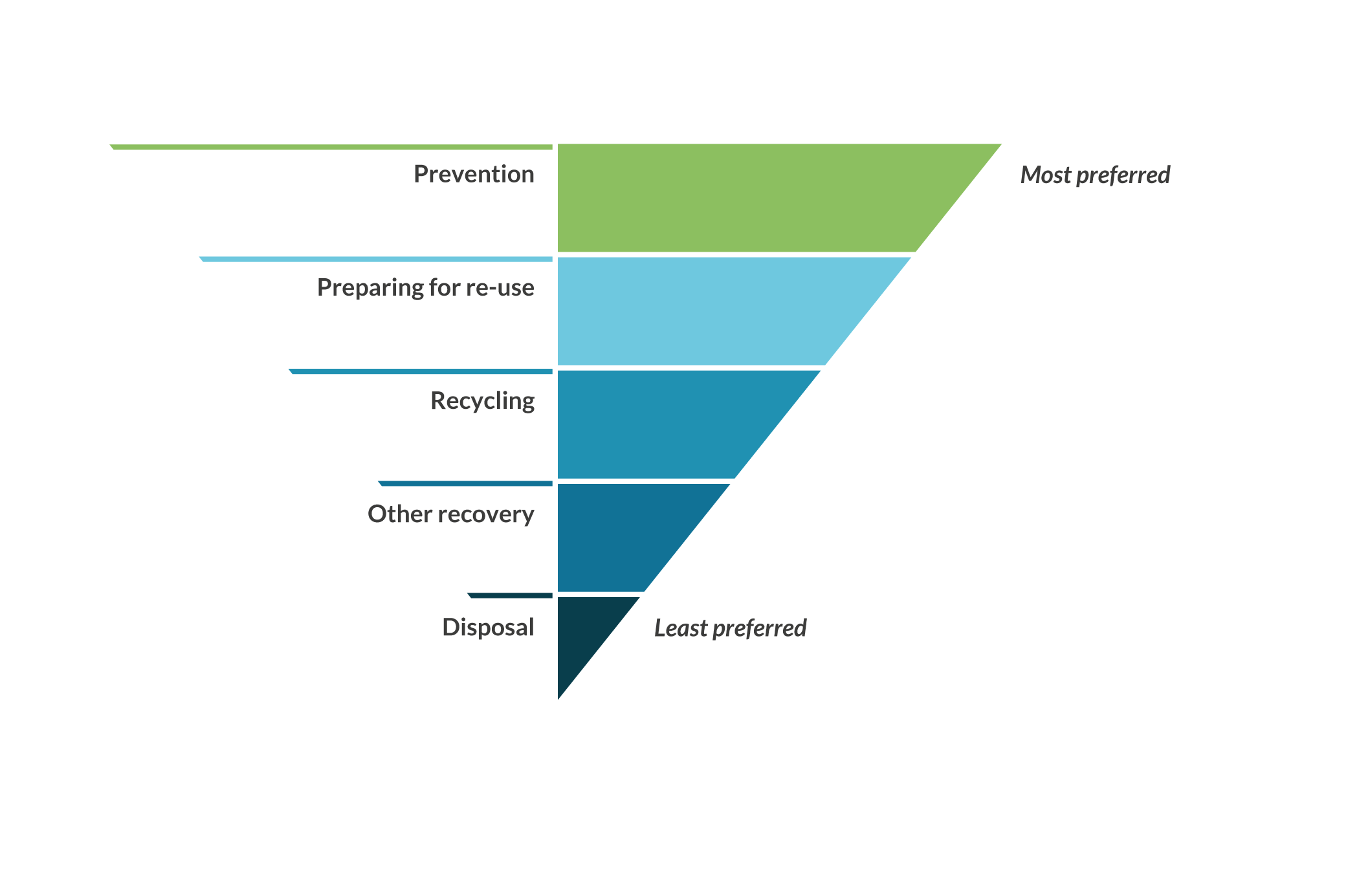 Previous Post
Previous Post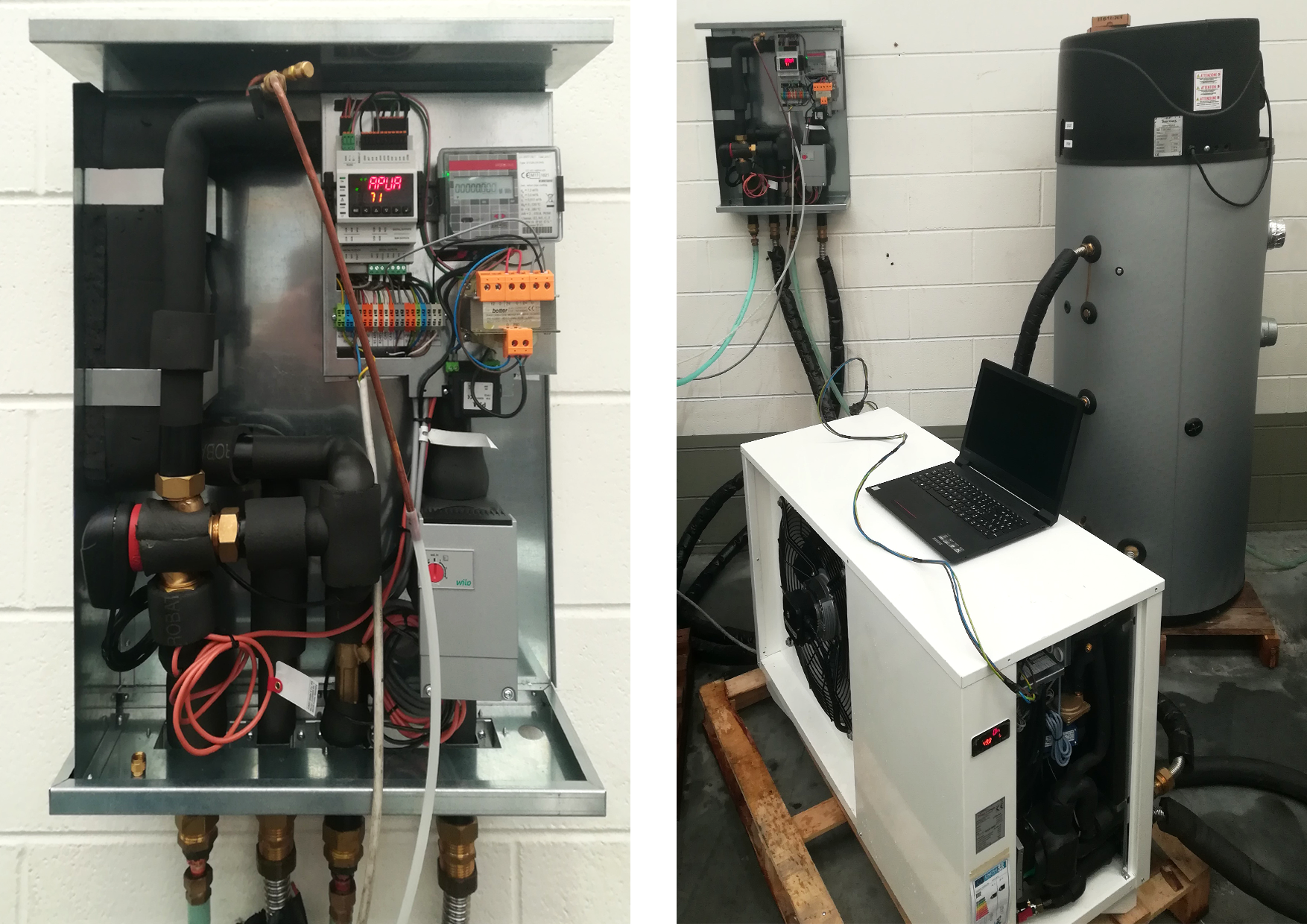 Next Post
Next Post